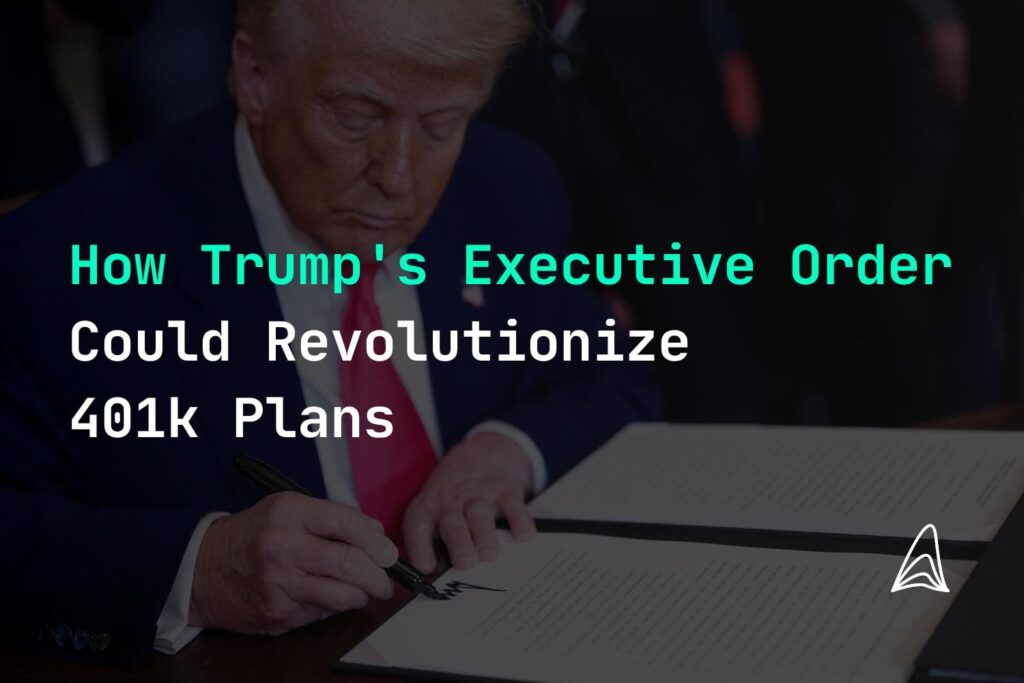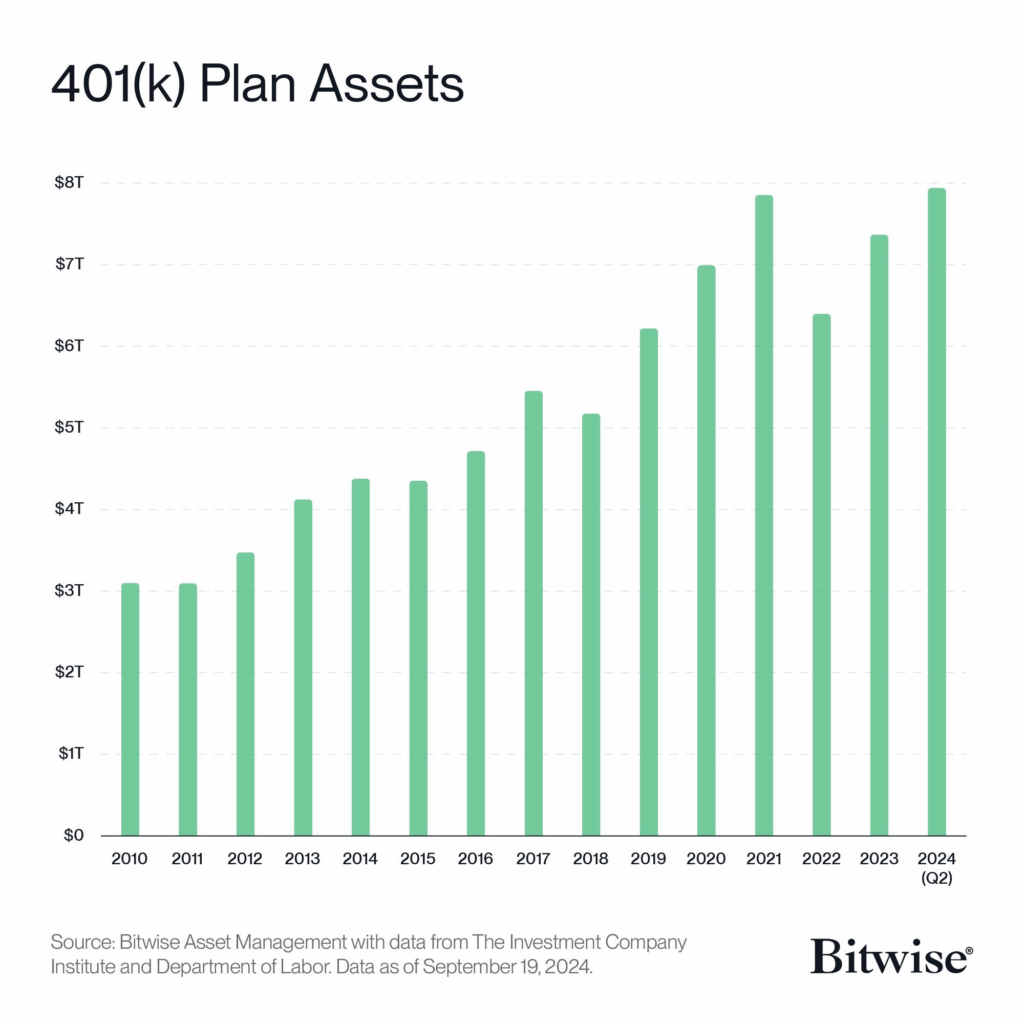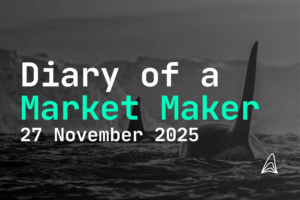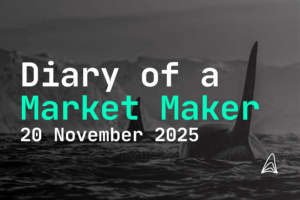
- Jakob Brezigar
- Updated: August 11, 2025
- Reading time: 6 min
How Trump's Executive Order Could Revolutionize 401(k) Plans with Crypto and Private Equity Access

Orcabay, an experienced market maker active on over 50 CEXs and DEXs — including Binance, Bitstamp, Kraken Coinbase, Uniswap — specializes in delivering tailored liquidity solutions. Contact us to learn more!
What is a 401k?
What changes under the executive order?
Impact on crypto
Now, the executive order will not merely remove roadblocks but actively open the gates. According to Bloomberg data cited by Rasmussen, the U.S. 401k market is valued at approximately $12.5 trillion. (So, in simpler terms, the amount of money “locked” in U.S. 401k accounts ranges between $8.7 to $8.9 trillion, with the most recent figure being $8.7 trillion as of Q1 2025).
“In the US, roughly 100 million Americans have a retirement investment vehicle known as a 401k… Every 2 weeks, a portion of their paychecks are routed directly into purchasing a mixture of stocks and bonds… This is a HUGE driver of the equity market run and resilience over the past 20 years. A constant background bid for assets.” With around $50 billion entering these funds biweekly, even a modest portfolio allocation to crypto—1%, 3%, or 5%—could create recurring inflows of $120 billion to $600 billion annually. And these aren’t one-time flows. THEY KEEP BUYING ONCE ALLOCATIONS ARE SET,”
Tom Dunleavy, Head of Venture at Varys Capital.

Private equity, real estate, and other alternatives
What happens next (regulatory path & timing)
Potential issues and risks
Who might benefit—and who should be careful
- Younger, risk-tolerant savers could view a small allocation to alternatives as a long-term diversifier, understanding volatility and the possibility of drawdowns.
- Near-retirees may decide the illiquidity/volatility trade-offs don’t fit their time horizon.
- Plan sponsors must weigh litigation risk, participant education, operational complexity, and cost against any expected portfolio benefits.
Bottom line
Disclaimer: The information provided in this article is for informational purposes only and does not constitute financial, investment, or other professional advice. All opinions expressed herein are solely those of the author and do not represent the views or opinions of any entity with which the author may be associated. Investing in financial markets involves risk, including the potential loss of principal. Readers should perform their own research and consult with a licensed financial advisor before making any investment decisions. Past performance is not indicative of future results.

Jakob Brezigar
Jakob, an experienced specialist in the field of cryptocurrency market making, boasts an extensive international presence. With Orcabay, he has skillfully managed major operations and deals for a wide array of global stakeholders.



